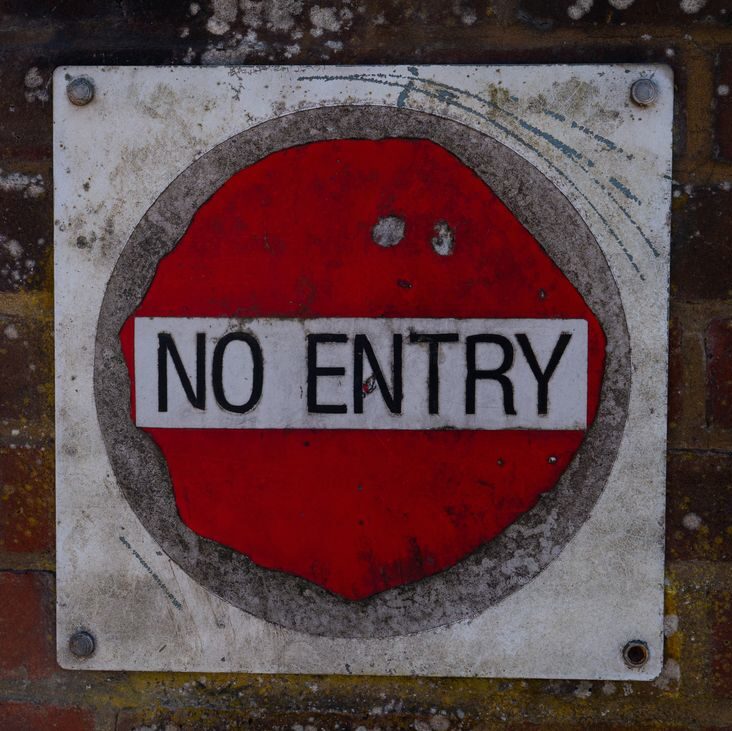
Assessing cyber risk isn’t always as easy as going through your IT department and asking them what your digital footprint looks like, which might make you wonder where else you can find answers to this question. Fortunately, some resources exist today that can tell you all about your digital footprint regarding the internet usage habits of those who represent your company’s brand online. In this guide, we’ll be showing you how to map your digital footprint so that you can assess cyber risk better than ever before.
To best protect your company from cyber risks, you first need to know your specific cyber risk exposure. One of the best ways to do this is by mapping your digital footprint, allowing you to address the risks and vulnerabilities you may have within it.
What is a Digital Footprint?
Digital footprints are the data left behind after users are online. There are two kinds of digital footprints, which are active and passive. The passive footprint is created by collecting information from the user without anyone knowing what is taking place.
You leave a massive footprint by simply reading your favorite news website or watching videos online. One of the best ways to mitigate passive footprinting is SSL/TLS encryption.
The active footprint is created by performing actions online, and there is no single way it can be performed.
Four main tactics are used for active footprints: content scraping, session hijacking, login attack, and social engineering. To map your digital footprint, you should use an SSL certificate.
Why is Digital Footprint Mapping Important?
Digital footprint maps are essential since your most significant attack channel is your digital footprint. As companies adopt new technologies, they broaden their online presence, providing cybercriminals with an increased area to attack.
Internal solutions, such as firewalls and antivirus software, do not suffice to protect all of your digital assets as they only provide a small view of an organization’s whole attack area.
This causes the whole threat landscape beyond firewalls to be ignored, including even the vendors’ networks. Here are some steps to Map your Digital Footprint to Better Assess
Cyber Risk:
Visualize your expanding digital footprint.
Getting a better understanding of all the digital assets that compose your diverse and vast IT infrastructure isn’t simple. But it’s essential. If you have a comprehensive understanding of these assets and their risks – for example, issues with configurations, vulnerabilities, and much more – you’ll be able to make better choices about the best way to focus the remediation process and strengthen security measures.
With this perspective from the outside of your online footprint, you will be able to see your network in the same way as hackers see it and prioritize actions to repair it according to the severity of the threat. in the view of your digital footprint, you can also see your network the way a hacker does and prioritize remediation efforts accordingly.
Add cybersecurity scanning to vendor and employee onboarding.
According to Gartner, 60% of businesses will utilize cybersecurity risks as the primary element in conducting third-party and business transactions. However, traditional methods for evaluating vendors in the onboarding process usually involve security assessments and self-assessments by vendors. Although these methods aren’t without merit, their subjective nature constrains them. Since assessments provide only a time-based assessment of the risk posed by third parties, they do not consider past cyber-attacks or new weaknesses within the supply chain.
Your business is dependent on an ever-growing network of partners and suppliers. You need to find an automated method to scan every vendor for cyber-security risks to stay competitive.
Scan and review your data.
To better understand your risk to cyber security, you should take the time to look into what information about your personal information is available in public databases. Because you probably have multiple email accounts, regularly checking your email inboxes is an excellent way to begin.
If you’ve passwords stored in your account linked with accounts on different websites, do yourself a favor and modify the passwords immediately. Make sure that all of your accounts on social media or emails have outdated security settings; If they do, change them right away and check the policies they have in place to keep your personal information secure and confidential.
You could also examine all websites linked with you by establishing digital era wildcard certificates. It is essential to have one for every site connected with you and every application with authentication requirements.
Secure Your All Connection
You know you should be using HTTPS for all your connections, but how do you make sure? It may seem daunting at first, but it’s easier to use a digital certificate that works on multiple domains than you think. If there is an ecommerce platform, then a wildcard like RapidSSL wildcard and DigiCert Wildcard Certificates are designed to provide an easy way to secure all of your traffic.
At first, you have the necessary visibility into your ever-expanding digital footprint, and you can feel confident that you are allocating limited resources to the program areas that will lead to the most significant ROI—making it easier than ever to align security to the business, reduce cyber risk, and maintain customer trust.
Conclusion
There are three significant cyber-attack threats: physical access to your hardware, human error (leaving a laptop unlocked), and unauthorized use of authorized credentials (an employee logging in from an unsecured location). Two other risks can be introduced into a business environment regarding digital assets—malware and theft or fraud.
So, before you order an SSL certificate or, as mentioned above, a DigiCert wildcard certificate, you should map your digital footprint. Simply put, take inventory of all of your web properties and their web assets – and internal assets – to understand who is getting access to what.




